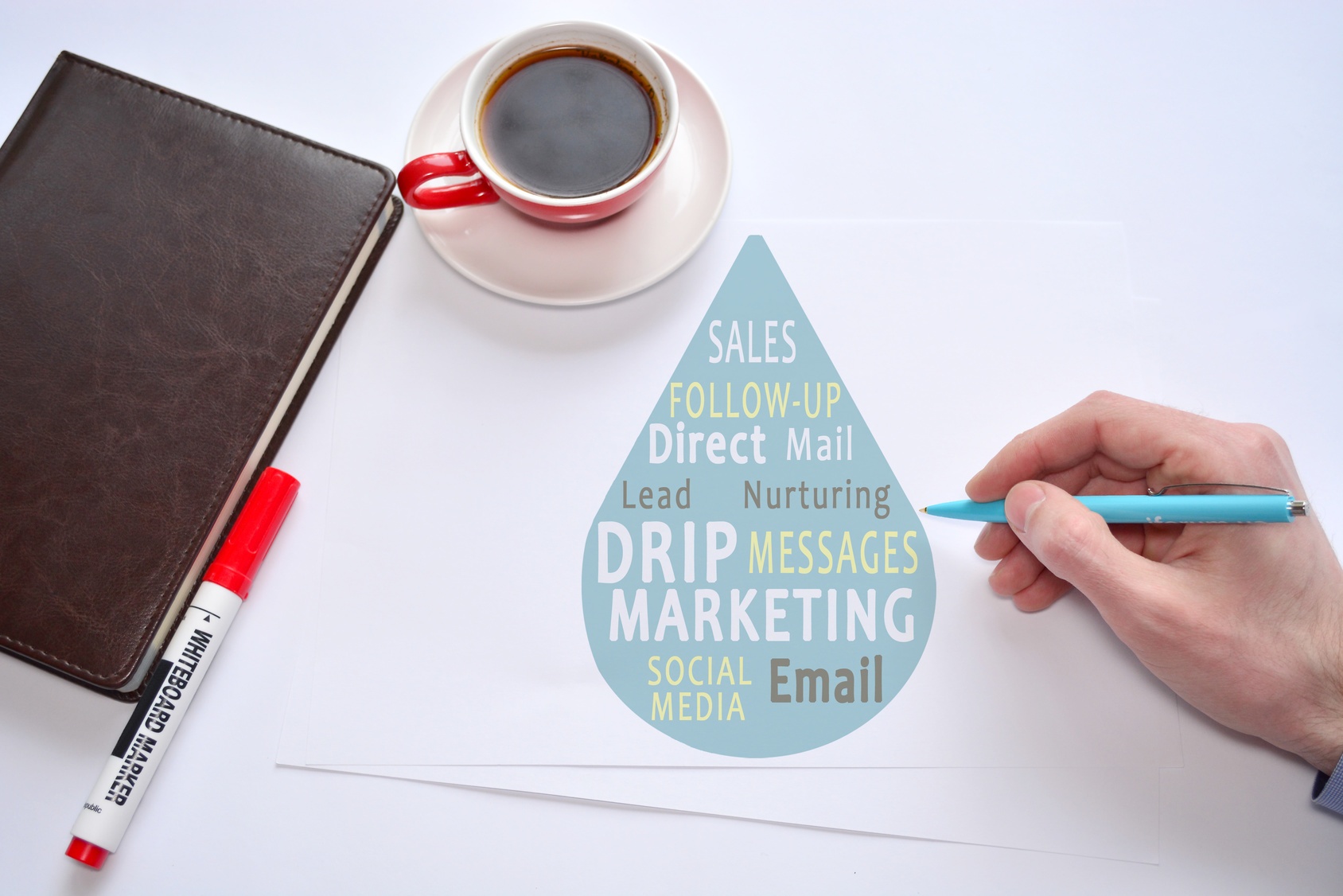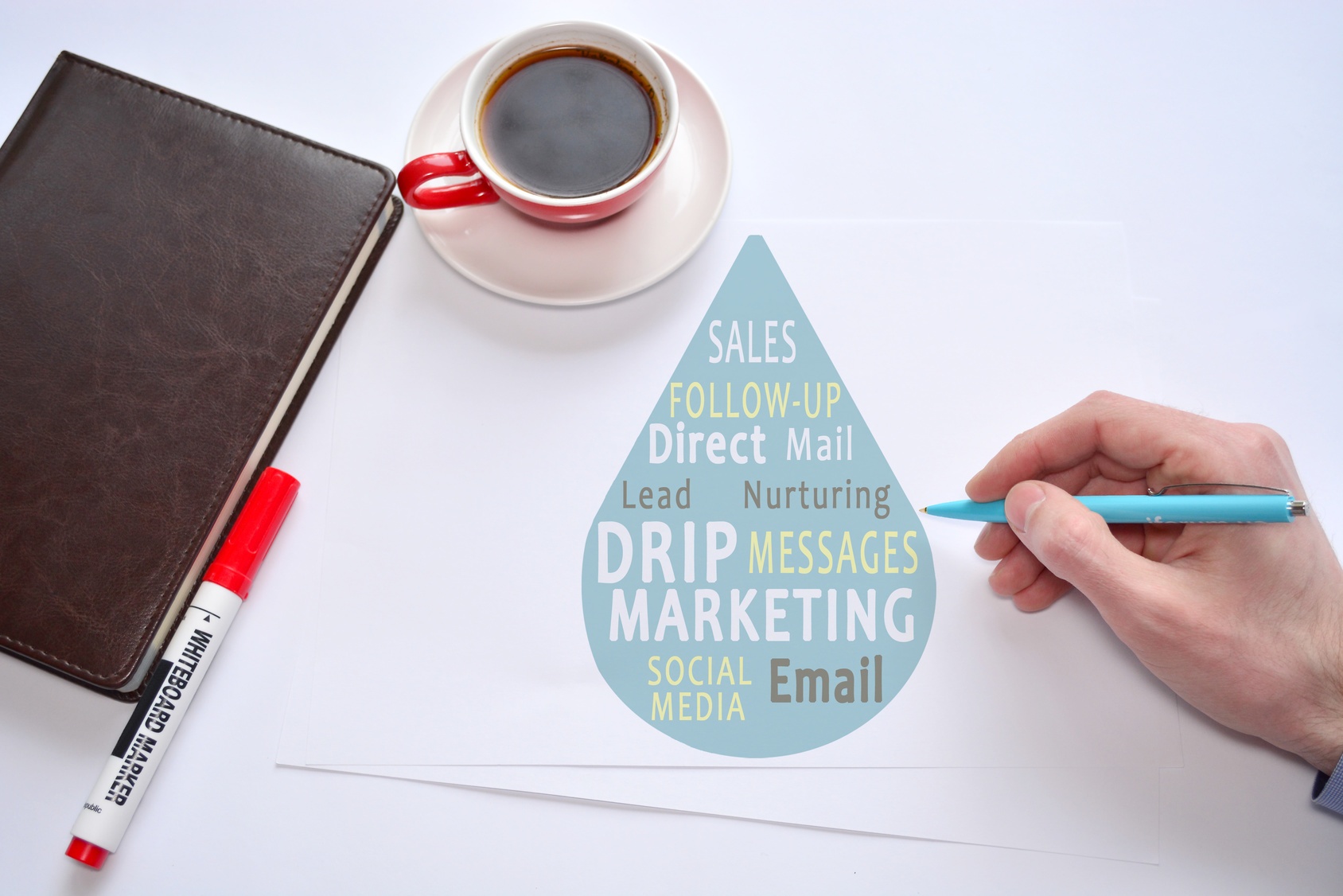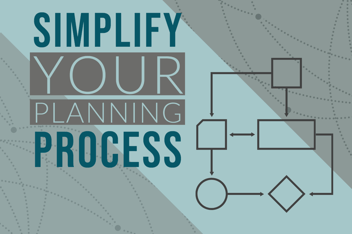5 Steps to Your Next Lead Nurturing Campaign

You know that lead nurturing campaigns have the potential to shorten your sales cycle and boost conversion rates.
You’ve seen the statistics:
-
Only 25 percent of leads are legitimate and should go to sales.
-
Nurtured leads have a 23 percent shorter sales cycle.
-
Lead nurturing emails get 4-10 times the response rate of a standalone email blast.
So what are you waiting for? Not sure how to start?
Find the details for creating, implementing and improving lead nurturing in Introduction to Lead Nurturing.
While creating lead nurturing campaigns includes equal parts science and art, there are a few basic steps you need to follow to ensure the efficiency of your emails.
1. Determine Your Goal
The first step is decide what you are trying to achieve with this particular campaign. That goal will provide a direction for your campaign, including audience, content and the measurements you will use to determine success.
Before setting goals, take time to determine what actions or qualifications make a lead sales-ready. Someone who downloads a white paper or webinar may just be doing research, but not ready for a call from sales. In that case, they should be entered into a lead nurturing program.
But a lead who requests a demo or free trial is indicating a greater level of interest and readiness and is more likely ready to be transitioned to a sales rep.
(Use our Lead Qualification Checklist to set your own marketing qualified lead parameters.)
Now, think about what you want this lead nurturing campaign to do:
-
Are you trying to awaken cold leads?
-
Do you need to increase lead quality?
-
Are you looking to generate new leads?
While we’ll get to measurement in Step 5, spend time now in the beginning to set SMART goals for the campaign that you can measure against later.
More on goal setting for all of your inbound marketing efforts:
2. Select A Persona
The second thing you need to do is decide who your lead nurturing campaign is designed to reach. This may be indicated by the action that initially brings leads into your system.
If the original offer is focused on a specific buyer persona—e.g. CFOs from domestic manufacturing firms with locations in multiple states—you will want to focus the rest of the campaign around the needs of that persona.
Find more about matching personas and content here: Content Creation Starts With Who, Where & Why.
3. Repurpose Existing Content (Or Create New Content)
Once you have set your goals and pinpointed the buyer persona you are targeting, it is time to find the content that you will use for the campaign, starting with top-of-the-funnel awareness pieces and becoming more specific and indicative of readiness to buy as the campaign moves forward.
Some that content may be resources already available in your library. If you have already created a case study, a template or calculator related to the original offer that kicked off the lead nurturing campaign, it just makes sense to use them as offers in your series of emails.
Even if you don’t have a specific gated offer ready to go, you may be able to repurpose existing content to use as part of a nurturing campaign. For example, consider turning an infographic about the benefits of your product or service into a customizable presentation a lead could use to present the idea to an executive board. A blog post Q&A with one of your satisfied customers could be turned into a downloadable case study.
Find more ideas on repurposing content in these blog posts:
As you plan your complete campaign, make sure you have content to appeal to all stages of the sales funnel.
A simple structure to use for planning your campaign content is our Campaign Calendar Template. As you fill in the blanks, you will be able to see where there may be gaps that demand new content creation efforts.
4. Set Up A Timeline
Your business has a typical sales cycle, and so should your lead nurturing campaigns. Typically, it’s a good idea to send two or three emails to your prospects in a lead nurturing campaign, spaced out at intervals that both keep you in your leads’ sphere of awareness and avoid pushing leads too soon, risking losing them.
It’s better to let the progression of your leads through the buying cycle take a natural course, with just a little guidance from your lead nurturing program.
If you use our Lead Nurturing Workflow Template to plan out your email series, you will be asked to indicate the timing between emails. If your industry’s buying cycle typically takes several months, you may want to send emails every 30 days; for a 30-day cycle, those emails may be just 4-6 days apart, instead.
Don’t be afraid to experiment with timing. Try setting up an A/B test of a workflow, varying only the timing, to see if conversion rates differ based on how frequently emails are sent.
5. Measure and Improve
The last step in setting up a lead nurturing campaign is to ensure the accurate tracking of your emails. You need to make sure you know what’s working and what’s not so you can continue to improve.
The metrics you measure should be tied directly into the goals you set in Step 1.
If your goal was to awaken cold leads, you should be using closed loop marketing to directly determine whether the emails generated interaction on your website by leads who had been inactive for some time.
If your goal was to improve lead quality, track the rate at which marketing qualified leads (who completed a nurturing campaign) turn into closed sales, and the average dollar amount spent by nurtured leads as compared to non-nurtured leads.
You will also want to watch for clues to improve your lead nurturing campaigns: the offers you use, the subject lines in emails, and the landing pages they link to.
Find more on measurement and optimization here: Do You Know How Your Lead Nurturing Campaigns are Doing?
As we said earlier, while lead nurturing does require some specific steps to be successful, there is also an aspect of creativity and marketers’ intuition that goes into crafting campaigns that flow naturally and pique a lead’s interest and confidence in your solution. Find the basics in our Introduction to Lead Nurturing and then mold the final campaigns to fit your brand and inbound marketing strategy.
-1.png?width=1652&height=294&name=Jones(RGB)-1.png)












